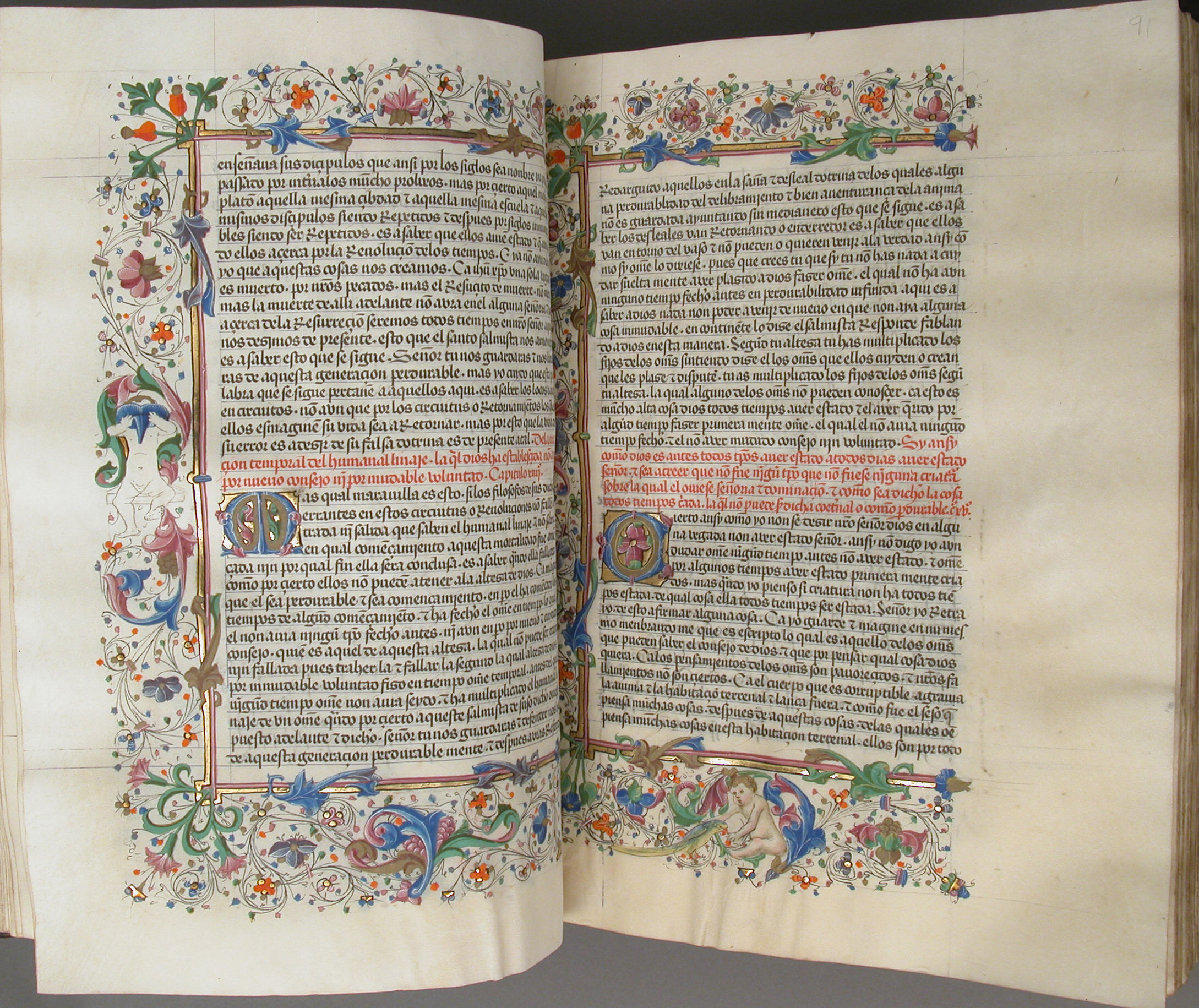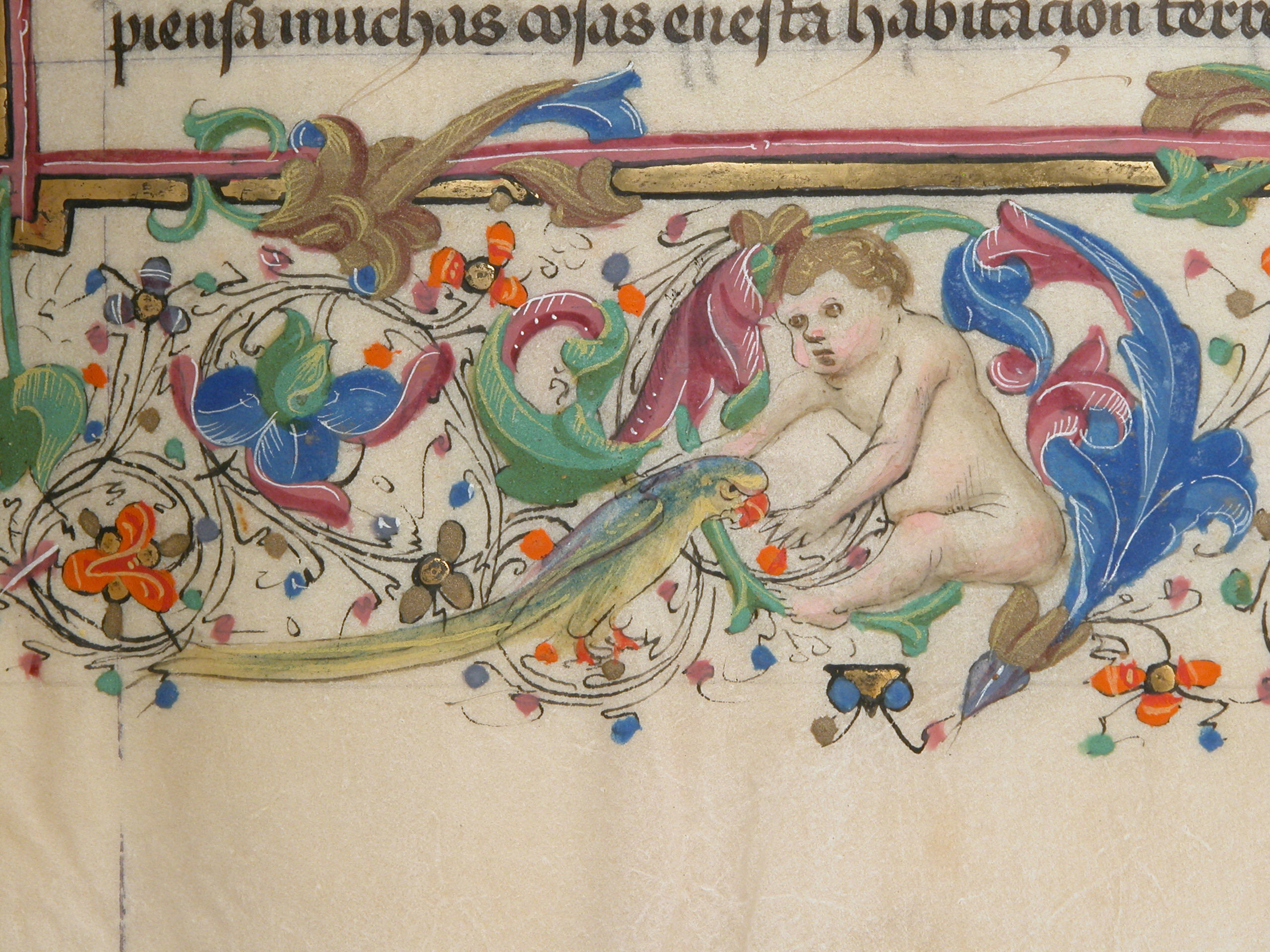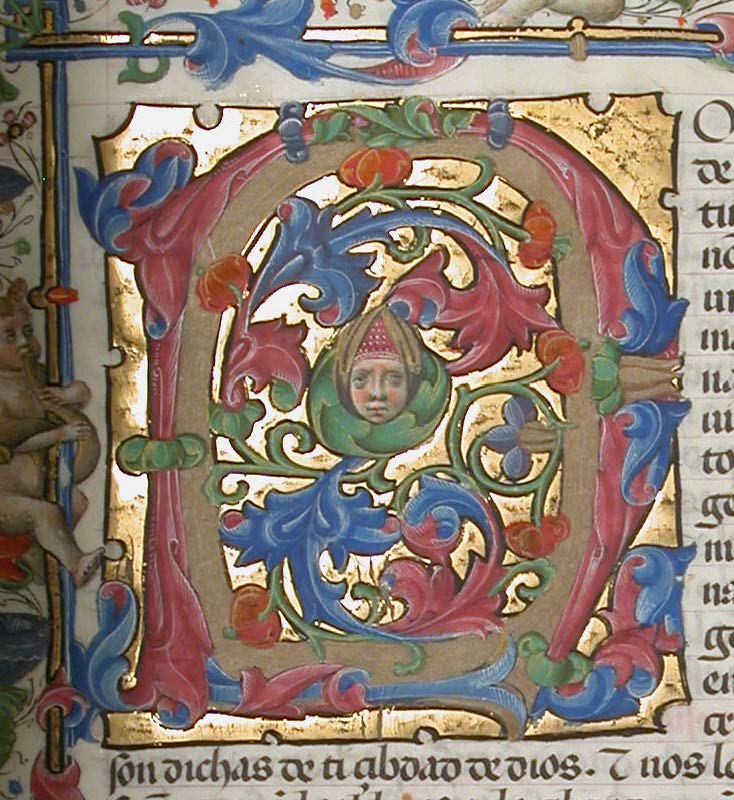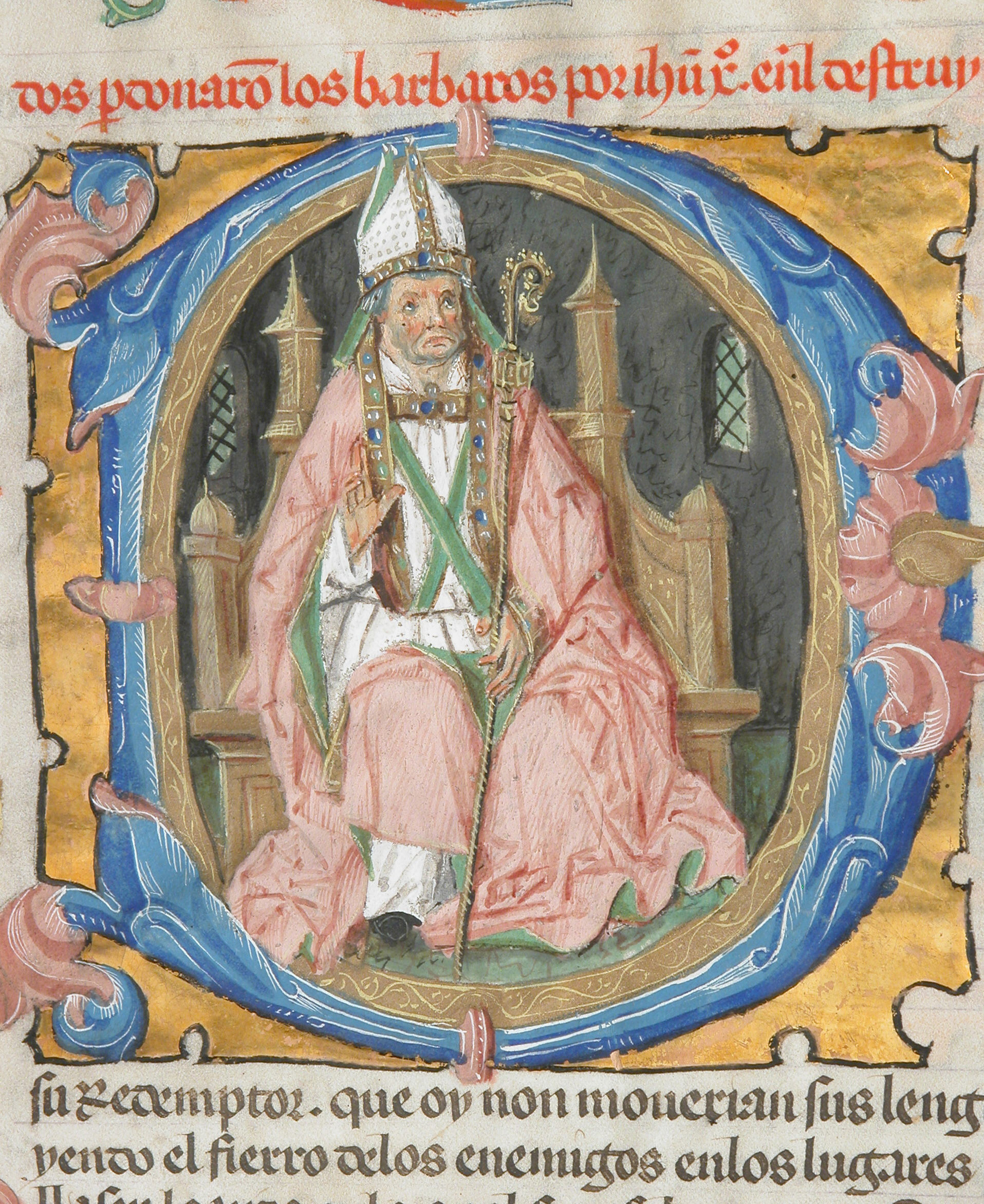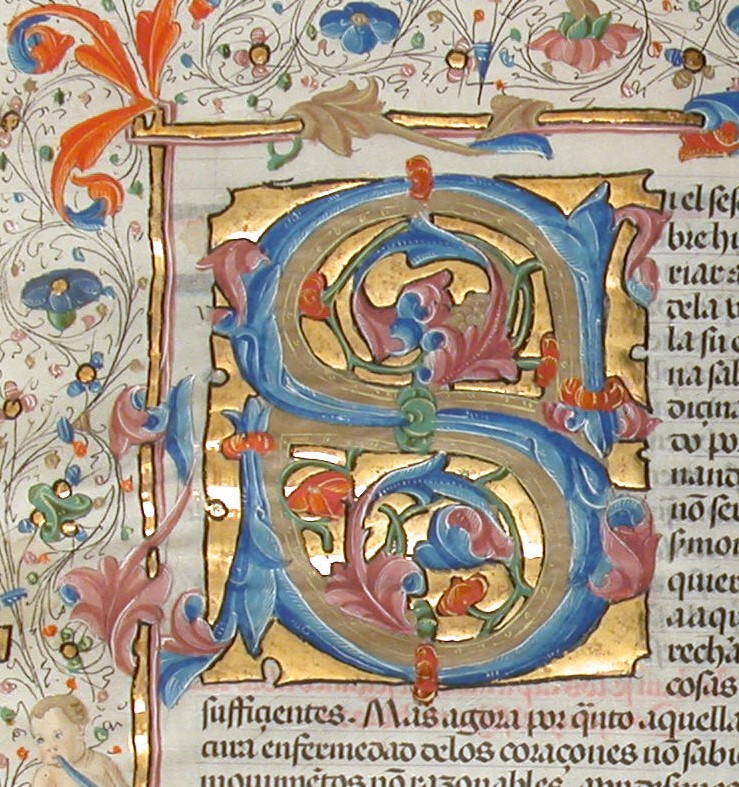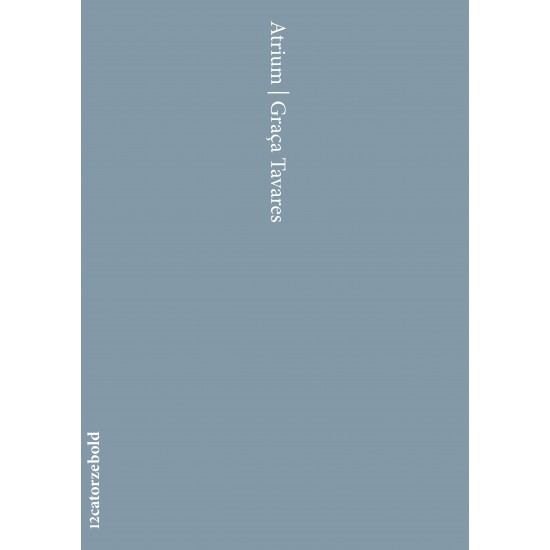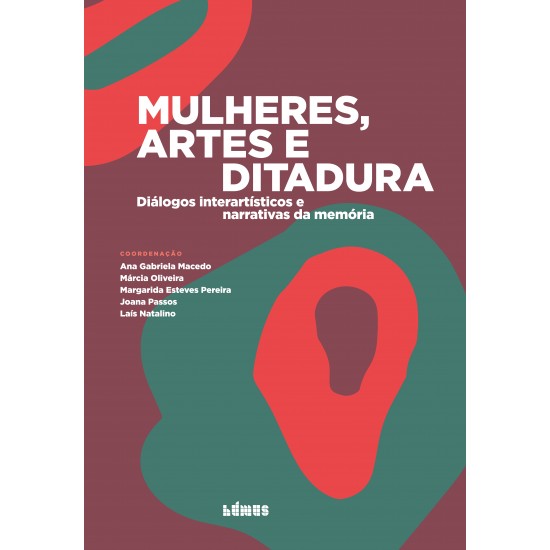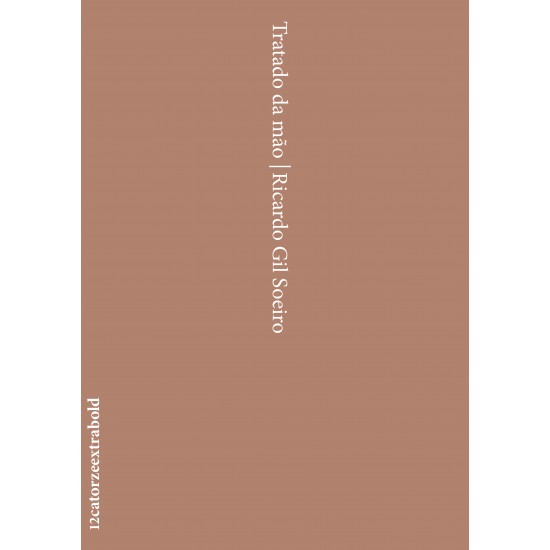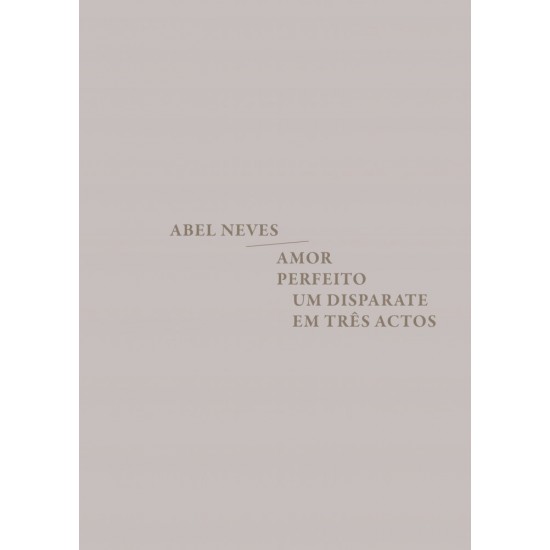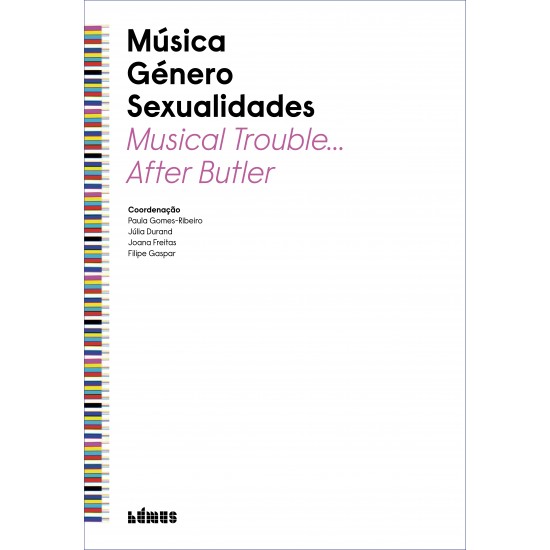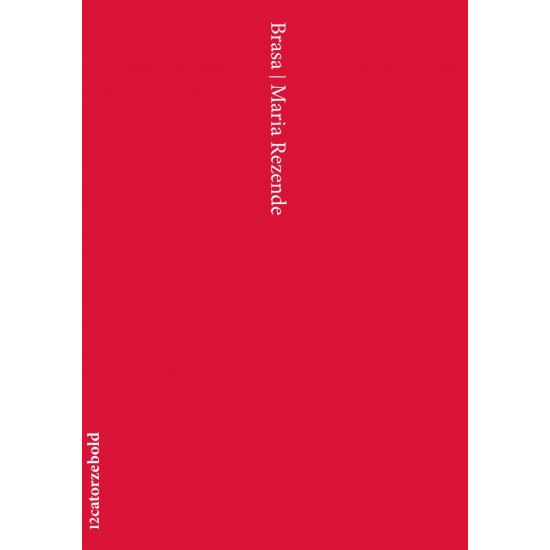Romance Language Collections
Sourcing the Past with the Dizionario Biografico degli Italiani
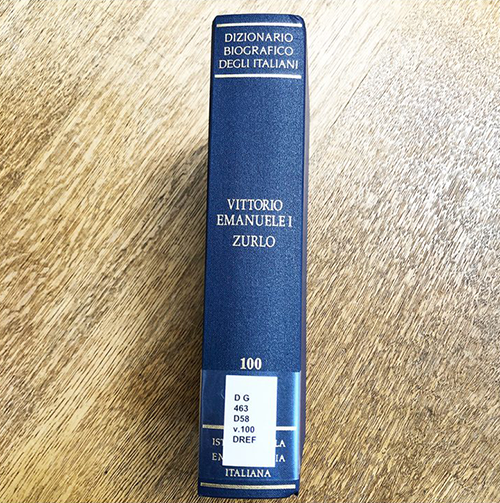
The publication of the hundredth (and final) volume of the Dizionario Biografico degli Italiani (Dbi, Biographical Dictionary of the Italians) last year by Istituto della Enciclopedia Italiana (Istituto Treccani) is a momentous occasion that may have been overshadowed by the global pandemic when libraries were shuttered and cataloging backlogs amassed. In the spirit of other European projects such as the Dictionary of National Biography (UK), the Diccionario biografIíco español (Spain), and the Allgemeine Deutsche Biographie (Germany), this ambitious biographical dictionary was conceived in 1925 with national-patriotic criteria in mind during the first phase of the National Fascist Party’s consolidation of power in Italy. Because of setbacks during and following World War II, the first volume did not appear in print until 1961 yet nearly every year thereafter, at least one or two volumes were added to the evolving reference set.
The enterprise endeavored to include the most illustrious figures in the history of Italy from the fall of the Western Roman Empire to the present day. Responding to the needs of the digital age, these 40,000 scholarly entries with sources and bibliographies have been made freely available online (but not free of ads) and integrated with other reference works they publish. While new entries are added to the online portal which also comprises Enciclopedia dell’Italiano, Dizionario di Filosofia, Enciclopedia Machiavelliana, Enciclopedia del Cinema, etc., entries in the print tomes are subject to the era in which they were authored. One of the conditions for inclusion in the Dbi is that of being deceased. According to its current director Raffaele Romanelli, the work is doomed to bear witness only to the past if worthy cultural figures are overlooked. He explains, “I have here a ready list of Italians who passed away this year: Alberto Arbasino, Franca Valeri, Rossana Rossanda. Will they all be destined for exclusion?”
The neo-Hegelian idealist philosopher, educator, and fascist politician Giovanni Gentile, who was also director of the Enciclopedia Italiana, referred to the work as “the golden book of the Italian stock.” In recent years, the notion of relevance has expanded to the world of business, technology, even of media and fashion, and includes previously unthinkable icons such as gay activist playwright Mario Mieli, notorious pornstar Moana Pozzi, and soccer heroes Enzo Bearzot and Dino Viola. According to Romanelli, there really never was a predefined canon. “To give an idea of the criterion, I would have liked to have included Pinocchio and Don Abbondio, non-existent but fundamental,” he quipped. Naturalized citizens such as the Swiss botanist Daniel Bovet and the mezzo-soprano Cathy Berberian of Armenian-American descent are included but entries for women remain overall at an appalling four percent. There are entries for fiction writers Natalia Ginzburg and Elsa Morante but it could be a long time before we see one for famous living writers such as Elena Ferrante. In 2015, the influential feminist art critic Carla Lonzi was added to the online version. Fans of the late philosopher, writer, and linguist Umberto Eco who died in 2016 still awaits an entry in the Dbi.
UC Berkeley is one of three dozen libraries across the country with the complete print set of 100 volumes. Most research libraries canceled their standing orders somewhere along the way. But what does this mean now when updates are not possible in a standard reference work such as this? Does the whole work become a cultural relic forever frozen in the epoch in which it was created? The lack of a critical lens and blatant exclusion of worthy cultural, political, scientific, and historical figures is reason enough to keep updating the work, illuminating the overlooked both from Italy’s past and recent years. While promises of forthcoming appendices and the technological capability of Trecanni to insert new entries and revise old ones in the online edition, the fate of this national reference work and others like it remains unknown. Students continue to rely, as many of us do for quick look-ups, on Wikipedia as the golden age of cumbersome print reference works sunsets. The burning question we should be asking ourselves is not what we would do without Wikipedia but what would we do without these print reference treasures, or knowledge bases, that constitute its foundation?
Sources consulted
Dizionario Biografico degli Italiani. Istituto della Enciclopedia Italiana fondata da Giovanni Treccani, https://www.treccani.it/biografico. Accessed 31 March 2022.
“Dizionario biografico degli italiani – Immagini.” YouTube, 14 December 2010.
https://youtu.be/pul4bOZ7lAs. Accessed 31 March 2022.
Fiori, Simonetta. “L’ultimo degli italiani.” La Repubblica, 12 December 2020. https://ricerca.repubblica.it/repubblica/archivio/repubblica/2020/12/12/lultimo-degli-italianiRobinson23.html. Accessed 31 March 2022.
“Istituto della Enciclopedia Italiana.” Enciclopedia on line. Istituto della Enciclopedia Italiana fondata da Giovanni, https://www.treccani.it/enciclopedia/istituto-della-enciclopedia-italiana. Accessed 31 March 2022.
Neveu, Bruno. “Biographie et historiographie: Le Dizionario biografico degli italiani.” Journal des Savants, vol. 1, no. 1, 1971, pp. 32–67, https://doi.org/10.3406/jds.1971.1240. Accessed 31 March 2022.
Sofri, Adriano. “Un monumento di civiltà: il centesimo volume del Dizionario biografico italiano.” Il Foglio, 23 December 2020. https://www.ilfoglio.it/piccola-posta/2020/12/23/news/un-monumento-di-civilta-il-centesimo-volume-del-dizionario-biografico-italiano-1588368. Accessed 31 March 2022.

Originally published in the European Studies Section Newsletter of the Association of College and Research Libraries.
La Lune et L’Éclipse
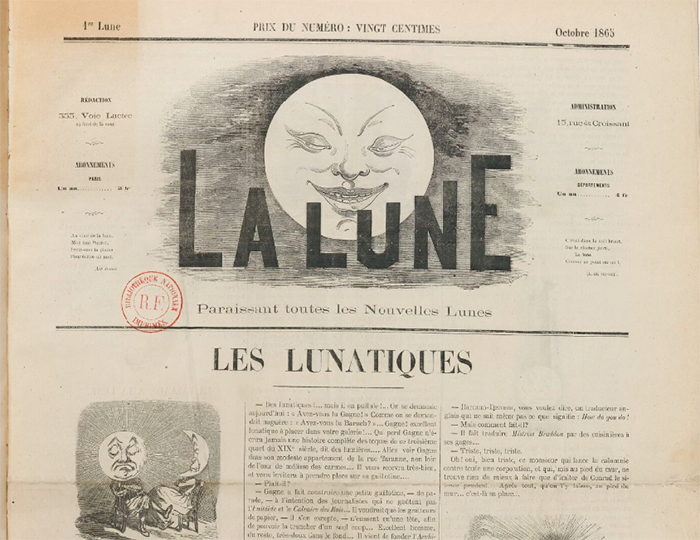
Eight days after the fnal issue of La Lune was published, Polo launched the weekly L’Eclipse to replace it which long outlasted the Prussian siege of Paris in 1870-1871 and into the beginning of the Third Republic. While still harassed by government censors, the inexpensive four-page weekly magazine with signature colorful wood engravings on the cover resisted and circulated freely.
Both of the originals can be viewed in print in The Bancroft Library or online through the Bibliothèque nationale de France’s digital platform Gallica.
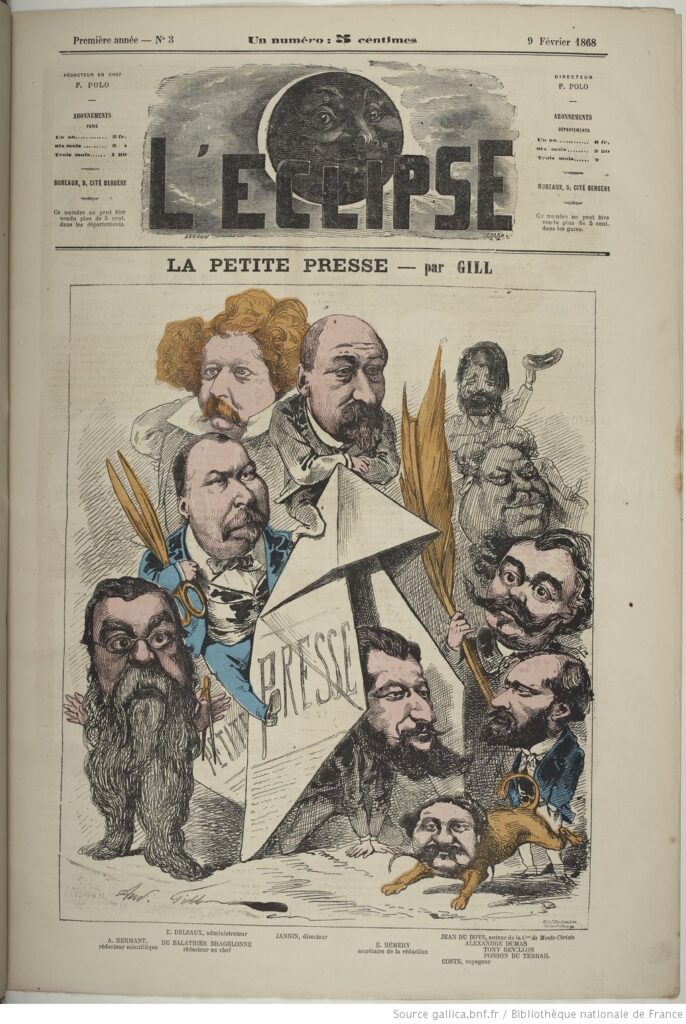
PhiloBiblon 2022, n. 5 (diciembre): La traducción española de De civitate Dei, un nuevo manuscrito
Nos es muy grato proporcionar nuestro consabido aguinaldo de Navidad para el deleite de nuestros colegas y amigos.
Parece mentira que a estas alturas aún queden manuscritos de primerísima importancia para la literatura medieval española cuya existencia se nos ha escapado no sólo al equipo de PhiloBiblon, sino a toda la comunidad de investigadores. Pero tal es el caso que vamos a tratar en este post: dar a conocer un nuevo manuscrito (en realidad, tres, como se verá más adelante) de la traducción de De civitate Dei de San Agustín, atribuida a Gómez García del Castillo (BETA texid 1531).
Hasta el momento actual se conocían dos manuscritos de esta traducción, ambos conservados en la Biblioteca de El Escorial, esc. A-I-8 (BETA manid 1824) y esc. A-I-9 (BETA manid 1823). El primero contiene los libros 8-17; el segundo, los libros 18-22. Faltaba, por lo tanto el comienzo de la obra. El colofón del códice esc. A-I-9 explica las circunstancias de su confección:
Este libro que se llama la segunda parte de la çibdat de | dios. El qual fizo e ordeno el muy glorioso dotor señor | sant agustin. escriujo para la muy esclaresçida señora Reyna | doña maria fija del muy esclaresçido Rey don ferrãdo de Aragon que aya santa gloria E muger que agora es del | muy exçelente e muy virtuoso señor don iohan Rey de | Castilla e de leon. gomes garçiª del Castillo criado de la | dicha señora Reyna por su Ruego e mandado. E aca|boso [!] de escreujr enla villa de valladolid A xxvij dias del mes de abril del año de j Vcccc.º xxx iiijº Años.

Es evidente que Gómez García del Castillo es el copista, pero queda la duda de sí también fue el traductor del texto, basado en una versión catalana que, a su vez, depende del texto y comentario en francés a cargo del gran humanista galo Raoul de Presles (1316-1382), autor, entre otras destacadas obras, de la traducción al francés de la Biblia.
Debemos a uno de los miembros de BETA, Óscar Perea Rodríguez, la noticia de la existencia de tres nuevas fuentes de la citada traducción de García del Castillo hasta ahora desconocidas para la amplia mayoría de la comunidad académica. Se trata de los manuscritos X.430.2 (lib. 1-9; BETA manid 6371), X.430.1 (lib. 10-17; (BETA manid 6370) y X.430.3 (lib. 18-22; (BETA manid 6369) conservados en el Metropolitan Museum de Nueva York, los cuales, en conjunto, contienen todo el texto de los 22 libros de La ciudad de Dios. Por lo tanto, el primer gran avance que nos proporciona este descubrimiento es que por primera vez podremos examinar el contenido de los libros 1-7, ausente en los dos códices escurialenses conocidos hasta ahora.
Como indica el escudo de armas que figura al inicio del ms. X.430.1 (un castillo con tres torres de oro y azur sobre fondo de gules, coronado con un capelo episcopal), los tres manuscritos se copiaron para Alfonso Carrillo de Acuña, arzobispo de Toledo (1446-1482).
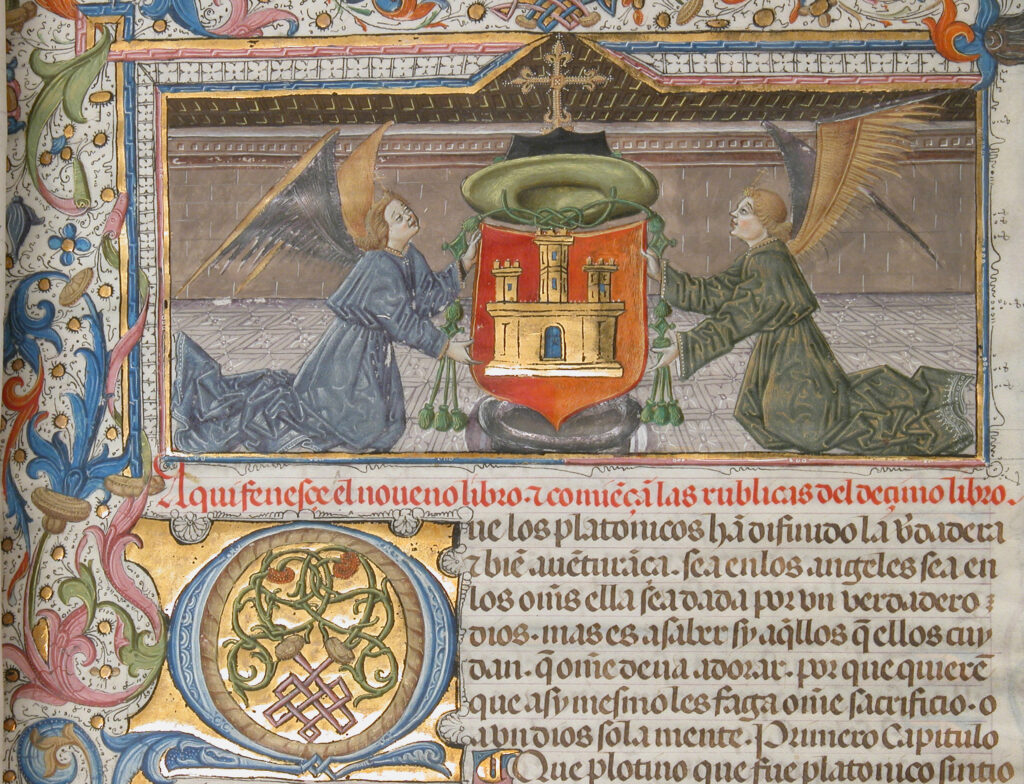

Bosch, Lynette M.F. (1990), “Una atribución nueva a Cano de Aranda, miniaturista toledano”, Archivo Español de Arte, 63 (n. 249), págs. 69-79.
PhiloBiblon 2022 n. 4 (octubre): Ayuda de la Fundación Larramendi a PhiloBiblon
Nos es muy grato anunciar que la Fundación Ignacio Larramendi acaba de conceder una segunda ayuda al proyecto actual de PhiloBiblon: “From Siloed Databases to Linked Open Data via Wikibase.”
El patrocinio de la Fundación Ignacio Larramendi y de sus antecesores a PhiloBiblon remonta ya a más de treinta años. Conocí a Don Ignacio Hernando de Larramendi (1921-2001) en 1991 cuando visitó Berkeley para anunciar el estreno de las Colecciones MAPFRE 1492, reproducciones de 245 títulos fundamentales para la historia de España y la América Latina. Estos títulos, amén de otros muchos hasta un total de 1800, fueron reproducidos en disco CD-ROM por la Fundación Histórica Tavera entre 1997 y 2005. Uno de los mayores aciertos de Don Ignacio era su acogida de las nuevas tecnologías de la información, poco corriente entre las personas de su generación.
Se celebró el centenario de don Ignacio el año pasado y, siguiendo la metodología de la Biblioteca Virtual de Polígrafos, que es caso de estudio del W3C Library Linked Data y de Europeana, se implementaron sendos micrositios dedicados a la digitalización de las colecciones MAPFRE 1492 y los Clásicos Tavera, recatalogados en RDA, MARC 21 y también con la utilización de la ontología de Europeana Data Model en RDF.
El otro acontecimiento, menos trascendental por cierto pero de una innegable utilidad es que el sitio espejo de PhiloBiblon en la Universitat Pompeu Fabra ya está de alta otra vez después de haber estado de baja desde octubre de 2018. Nuestro agradecimiento más profundo a Marc Esteve y Joan Trenchs de la UPF y a Josep Formentí, ingeniero de informática de Terrassa que trabaja también con nosotros en el proyecto actual.
Por otra parte, acabamos de cargar nuevas versiones de BETA, BITAGAP y BITECA. Pocas novedades pero mucho trabajo en la limpieza de los registros para prepararlos para su eventual mapeo de la aplicación de Windows de PhiloBiblon a FactGrid:PhiloBiblon. De entre estas pequeñas novedades, sólo cabe destacar la incorporación a PhiloBiblon del documento inédito sobre Leonor López de Córdoba (BETA bioid 3168), descubierto por Óscar Perea Rodríguez en la Biblioteca del Congreso de Washington.
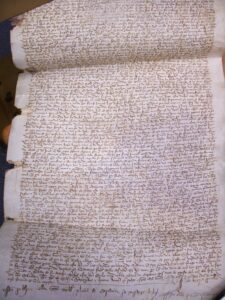
Se trata de una carta de donación (BETA manid 6368) a través de la cual la conocida autora de las primeras Memorias (BETA texid 3650) autobiográficas escritas en castellano establece su vinculación con el monasterio cordobés de San Pablo, donde más tarde se edificaría el panteón familiar.
Charles B. Faulhaber
University of California, Berkeley
New book by Déborah Blocker
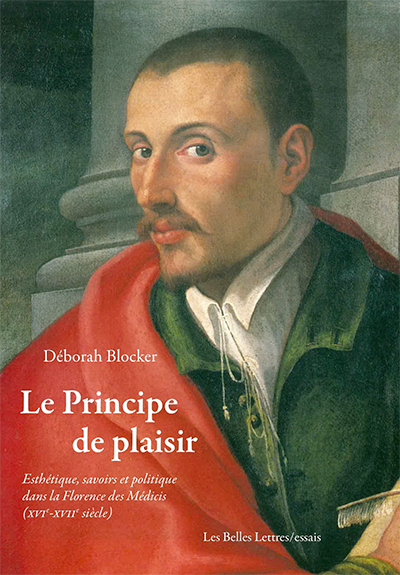
Le Principe de plaisir: esthétique, savoirs et politique dans la Florence des Médicis (XVIe-XVIIe siècle) tells several stories in one. On the one hand, that of one of the most original and productive academies of the late Florentine Renaissance, the Accademia degli Alterati (1569-ca. 1625). On the other hand, that of a restricted social group, made up of a few dozen young Florentine patricians whom the Medicis did not regard favorably because their ancestors had fought to maintain the oligarchic Republic. These young nobles made their academy a place where they could spend their leisure time and share their pleasures—artistic and otherwise—but also a collective where they could work together on their integration into Medicean court society. Between 2008 and 2018, Blocker researched the social and political circumstances in which new conceptions and uses of the “arts” emerged in the academic culture of late Renaissance Florence, through an in-depth archival study of the Accademia degli Alterati.
Thirdly, this book tells the story of a body of documents, now dispersed, but which once formed the basis of all the activities of the “Altered.” These thousands of folios of documents, and very largely unexplored—contain academic speeches, letters, activity registers, dialogues, collectively corrected poems, etc. Their analysis makes it possible to follow the day-to-day activities of the Alterati for nearly six decades, and to examine, through the material form that their work took, how collective intellectual horizons emerged within them, over the course of their debates.
Through the constant intertwining of these three stories, this book finally tells a fourth: that of the actions, activities and discourses which, within the academy of the Alterati, participated in the constitution of the aesthetic in knowledge (and in know-how) of a new type. Through the case of the Alterati, this book thus raises the question of the formalization of the aesthetic knowledge and practices that are ours today—and that of the links between their emergence and the rise of modern political authoritarianism, within early modern European aristocracies.
[translated from publisher’s site]
Déborah Blocker is professor of French and affiliated faculty in Italian Studies at UC Berkeley. She specializes in the social and political history of literary practices in early modern France and Italy, with a particular interest in theater, learned societies (academies), the history of philology and the history of early modern aesthetics. Her research relies heavily on the history of the book, as well as on manuscript studies. Her earlier work Instituer un ‘art’: politiques du théâtre dans la France du premier XVIIe siècle (Paris, Champion, 2009) examined the social and political processes through which early modern French theater was instituted into an art (1630-1660). This project led her to develop a larger curiosity for the social and political constitution and circulation of discourses on poetry and the arts in early modern Europe (1500-1900).
Le Principe de plaisir: esthétique, savoirs et politique
dans la Florence des Médicis (XVIe-XVIIe siècle)
Paris: Belles Lettres, 2022.
Celebrating Pasolini’s 100th Birthday

Italian film director, poet, writer and intellectual Pier Paolo Pasolini (1922-1975) would have turned 100 this year and Italy is not the only country celebrating his artistic achievements. Here in the Bay Area, the Italian Cultural Institute of San Francisco will present a series of public events exploring his life, his work, and his legacy during the months of September and October. The Berkeley Art Museum and Pacific Film Archive (BAMFA) has organized a retrospective of his films beginning the last week of October and continuing through November.
The UC Berkeley Library is home to 172 books authored or co-authored by Pasolini, 440 critical works about him, and 41 DVDs. In the Media Resources Center which is available by appointment only this semester, you’ll find more of his films than on Netflix, Amazon Prime, and Kanopy combined.
Calendar of Events:
September 1, 2022 – 11 AM
PIER PAOLO PASOLINI CORSARO Pier Paolo Pasolini Corsair
Marco Belpoliti presents his book Pasolini e il suo doppio (Pasolini and His Double)
In collaboration with the Leonardo Da Vinci Society SF
Venue: Zoom presentation
LEARN MORE & REGISTER
September 10, 2022
PASOLINI100 – HOMAGE TO PIER PAOLO PASOLINI FILM MARATHON
Experience the passion of Pasolini, the filmmaker who pushed the boundaries of politics, art and sexuality, at a screening of five of his most iconic films at the Castro Theatre. The retrospective will feature a special screening of Pasolini’s Medea starring soprano Maria Callas, and, in celebration of the joint centenaries of San Francisco Opera and Pasolini, San Francisco Opera will present a performance by soprano Mikayla Sager prior to the Medea screening.
This program is presented by Cinecittà, the Italian Cultural Institute of San Francisco, CinemaItaliaSF, and Artistic Soul Association, under the auspices of the Italian Consulate General of San Francisco.
Venue: The Castro Theatre
LEARN MORE & BUY TICKETS
October 5, 2022 – 6:30 PM
LA ROSADA E L’ARGILUT: The Places of Young Pasolini
A documentary exploring the places where Pier Paolo Pasolini lived and worked in his youth passing through the villages and countryside that the poet loved so deeply and depicted in his poetic and visual work.
Produced by Terra s.r.l. and directed by Roberta Cortella.
In cooperation with Regione Friuli Venezia Giulia and Association El Fogolar Furlan SF
Length: 35 min
Venue: Italian Cultural Institute of San Francisco @INNOVIT Spaces
Free admission, limited seating available
LEARN MORE & REGISTER
October 25, 2022 – 6:30 PM
ATREMIS DANZA | FUOCHI SEGRETI (Secret Fires)
A contemporary dance performance in celebration of Pasolini100
A production of Compagnia Artemis Danza/Monica Casadei, with the support of Ministero della Cultura, Regione Emilia Romagna
Presented by the Italian Cultural Institute of San Francisco
Venue: Brava Theatre, 2781 24th St., San Francisco
Free admission, limited seating available
LEARN MORE & REGISTER
October 22-November 27, 2022
PASOLINI RETROSPECTIVE @BAMPFA Berkeley
Copresented by BAMPFA and Cinecittà, Rome. The retrospective has been organized by Susan Oxtoby, BAMPFA, and Camilla Cormanni, Paola Ruggiero, Marco Cicala, Germana Rusico, Cinecittà. Presented in association with the Ministry of Culture of Italy.
LEARN MORE & BUY TICKETS
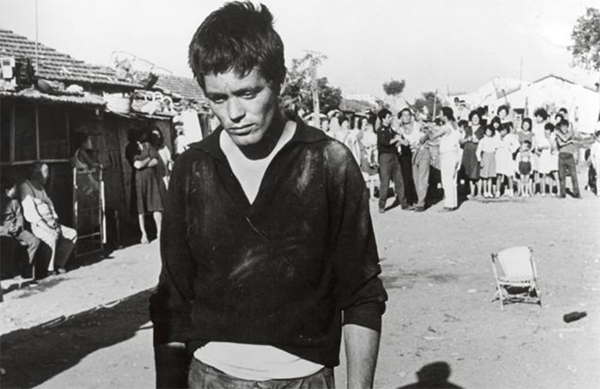
Fall 2022 copyright and publishing workshops with the Office of Scholarly Communication Services

With the school year kicking off this week in Berkeley, the Office of Scholarly Communication Services is here to help UC Berkeley faculty, students, and staff understand copyright and scholarly publishing with online resources, Zoom workshops, and consultations.
Here’s what’s coming up this semester.
Workshops
Publish Digital Books & Open Educational Resources with Pressbooks
Date/Time: Tuesday, September 20, 2022, 11:00am–12:30pm
RSVP for Zoom link
If you’re looking to self-publish work of any length and want an easy-to-use tool that offers a high degree of customization, allows flexibility with publishing formats (EPUB, PDF), and provides web-hosting options, Pressbooks may be great for you. Pressbooks is often the tool of choice for academics creating digital books, open textbooks, and open educational resources, since you can license your materials for reuse however you desire. Learn why and how to use Pressbooks for publishing your original books or course materials. You’ll leave the workshop with a project already under way.
Copyright and Your Dissertation
Date/Time: Tuesday, September 27, 2022, 11:00am–12:30pm
RSVP for Zoom link
This workshop will provide you with practical guidance for navigating copyright questions and other legal considerations for your dissertation or thesis. Whether you’re just starting to write or you’re getting ready to file, you can use our tips and workflow to figure out what you can use, what rights you have as an author, and what it means to share your dissertation online.
Managing and Maximizing Your Scholarly Impact
Date/Time: Tuesday, October 11, 2022, 11:00am–12:30pm
RSVP for Zoom link
This workshop will provide you with practical strategies and tips for promoting your scholarship, increasing your citations, and monitoring your success. You’ll also learn how to understand metrics, use scholarly networking tools, evaluate journals and publishing options, and take advantage of funding opportunities for Open Access scholarship.
From Dissertation to Book: Navigating the Publication Process
Date/Time: Tuesday, October 18, 2022, 11:00am–12:30pm
RSVP for Zoom link
Hear from a panel of experts—an acquisitions editor, a first-time book author, and an author rights expert—about the process of turning your dissertation into a book. You’ll come away from this panel discussion with practical advice about revising your dissertation, writing a book proposal, approaching editors, signing your first contract, and navigating the peer review and publication process.
How to Publish Open Access at UC Berkeley
Date/Time: Tuesday, October 25, 2022, 11:00am–12:30pm
RSVP for Zoom link
Are you wondering what processes, platforms, and funding are available at UC Berkeley to publish your research open access (OA)? This workshop will provide practical guidance and walk you through all of the OA publishing options and funding sources you have on campus. We’ll explain: the difference between (and mechanisms for) self-depositing your research in the UC’s institutional repository vs. choosing publisher-provided OA; what funding is available to put toward your article or book charges if you choose a publisher-provided option; and the difference between funding coverage under the UC’s “transformative agreements” vs. the Library’s funding program (Berkeley Research Impact Initiative). We’ll also give you practical tips and tricks to maximize your retention of rights and readership in the publishing process.
Copyright and Fair Use for Digital Projects
Date/Time: Tuesday, November 8, 2022, 11:00am–12:30pm
RSVP for Zoom link
This training will help you navigate the copyright, fair use, and usage rights of including third-party content in your digital project. Whether you seek to embed video from other sources for analysis, post material you scanned from a visit to the archives, add images, upload documents, or more, understanding the basics of copyright and discovering a workflow for answering copyright-related digital scholarship questions will make you more confident in your project. We will also provide an overview of your intellectual property rights as a creator and ways to license your own work.
Other ways we can help
In addition to the workshops, we’re here to help answer a variety of questions you might have on intellectual property, digital publishing, and information policy.
- Check out our website for information on issues such as copyright and fair use, text data mining, and how to participate in UC’s Open Access Policy.
- Interested in publishing your research Open Access? UCB Library can help defray the costs of an article processing charge (up to $2,500) or book processing charge (up to $10,000). See the Berkeley Research Impact Initiative (BRII) for more information. And explore the various UC-wide transformative open access agreements and discounts that can help UC corresponding authors publish their scholarship open access.
- Do you want to create an open digital textbook? Take a look at UC Berkeley’s Open Book Publishing platform (anyone with a @berkeley.edu email can sign up for a free account), and get in touch with us about our Open Educational Resources (OER) grant program.
- Keep an eye on our events calendar for more workshops and trainings.
- Follow our blog, social media, and YouTube channel.
Want help or more information? Send us an email. We can provide individualized support and personal consultations, online class instruction, presentations and workshops for small or large groups & classes, and customized support and training for departments and disciplines.
Publisher du Jour – Edições Húmus
Edições Húmus is small independent publisher based in the town of Ribeirão just north of Porto. They specialize in poetry but also literary fiction and essays. The name of the publishing house is a reference to the celebrated modernist novel published by Portuguese writer Raul Brandão in 1917. Here are a few titles recently acquired by the Library:
New book by faculty: Afro-Atlantic Catholics : America’s First Black Christians–by Professor Jeroen DeWulf
It is my great honor and privilege to introduce readers of this blog to a new book by Professor Jeroen DeWulf titled “Afro-Atlantic Catholics America’s First Black Christians.” The book will be out in early August. The book is long needed to provide a holistic view of the influence of African Catholics on the historical development of Black Christianity in America during the seventeenth century.
The publisher is the University of Notre Dame Press. The description reads, “Black Christianity in America has long been studied as a blend of indigenous African and Protestant elements. Jeroen Dewulf redirects the conversation by focusing on the enduring legacy of seventeenth-century Afro-Atlantic Catholics in the broader history of African American Christianity. With homelands in parts of Africa with historically strong Portuguese influence, such as the Cape Verde Islands, São Tomé, and Kongo, these Africans embraced variants of early modern Portuguese Catholicism that they would take with them to the Americas as part of the forced migration that was the transatlantic slave trade. Their impact on the development of Black religious, social, and political activity in North America would be felt from the southern states as far north as what would become New York.
Dewulf’s analysis focuses on the historical documentation of Afro-Atlantic Catholic rituals, devotions, and social structures. Of particular importance are brotherhood practices, which were critical in disseminating Afro-Atlantic Catholic culture among Black communities, a pre-Tridentine culture and wary of external influences. These fraternal Black mutual-aid and burial society structures were critically important to the development and resilience of Black Christianity in America through periods of changing social conditions. Afro-Atlantic Catholics show how a sizable minority of enslaved Africans actively transformed the American Christian landscape and would lay a distinctly Afro-Catholic foundation for African American religious traditions today. This book will appeal to scholars in the history of Christianity, African American and African diaspora studies, and Iberian studies.”
Professor Dewulf’s groundbreaking research on how one can reflect on early issues surrounding the conceptualization of diversity, faith, race, and belonging in the context of our continent today while not straying away from in-depth historiographical narrative serves as an archive of memory narrative.

New Catalan literature
Here’s a selection of Catalan literature titles hot of the press with some not even on the library shelves quite yet. Prizewinners include Maria Barbal, Maite Salord, Anna Gas Serra, Xavier Mas Craviotto, and Laia Viñas. Reviews for all can be read on the open access journal Càracters published by the Universitàt de Valencia.
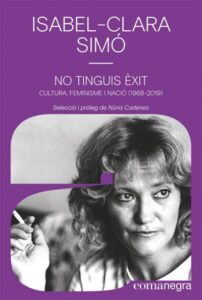


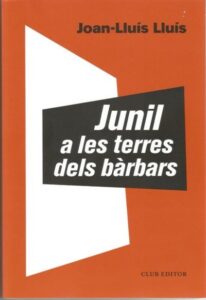
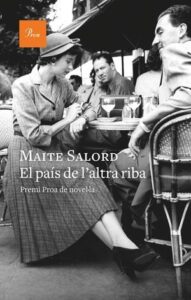
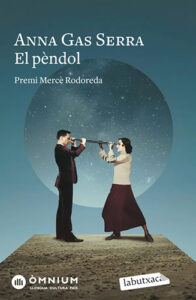
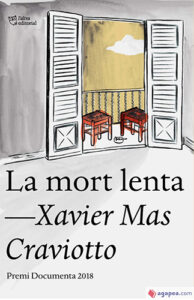
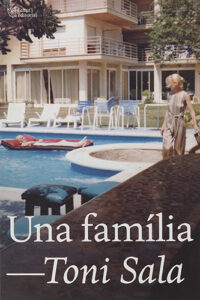
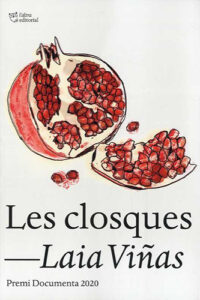
 And don’t forget to check out the Catalan Studies research guide.
And don’t forget to check out the Catalan Studies research guide.
